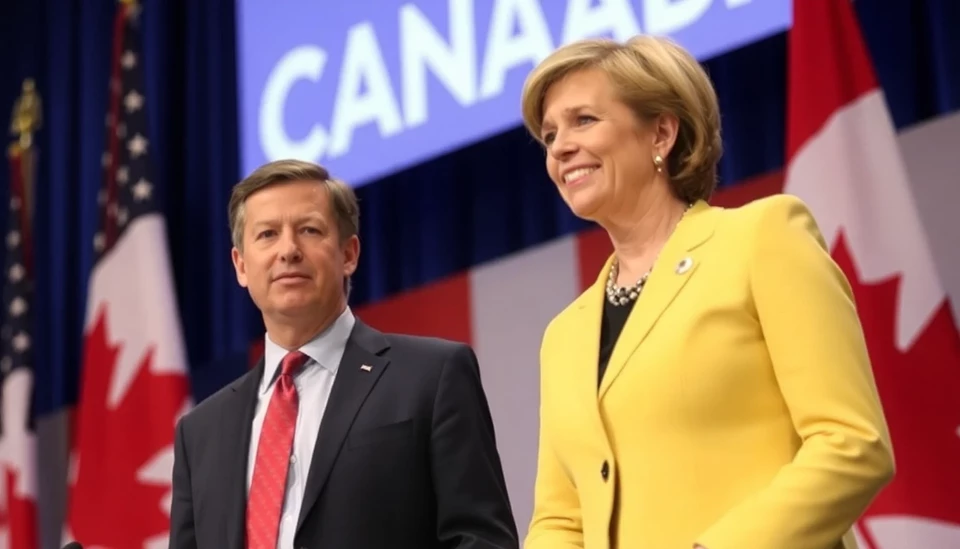
In a significant shift aimed at streamlining operations and enhancing efficiency, the U.S. Environmental Protection Agency (EPA) has announced the termination of approximately 400 workers. This decision is part of a broader governmental strategy to reshape how agencies function and deliver services, ultimately impacting environmental management across the nation.
The cuts, which were confirmed on February 15, 2025, reflect an ongoing effort by the current administration to address perceived bureaucratic inefficiencies within federal agencies. As the government seeks to tighten its operations, the EPA's restructuring measures are emblematic of a larger initiative that encompasses all sectors of the public workforce.
Sources within the agency suggest that these layoffs are not solely aimed at reducing headcount but are also intended to facilitate a transition towards a more targeted approach in regulatory enforcement and compliance. The agency hopes to allocate resources more effectively, focusing on high-priority environmental issues. However, questions remain about the potential impacts of losing a substantial portion of experienced staff, particularly in areas crucial to monitoring pollution and ensuring public health.
The decision has sparked mixed reactions among both environmentalists and government employees. Supporters argue that such a drastic move is necessary to create a leaner, more agile federal organization that can better respond to current environmental challenges. Critics, however, warn that cutting nearly 400 positions could hinder the agency’s ability to effectively regulate and protect the environment due to the loss of institutional knowledge and expertise.
This large-scale termination comes in the wake of a contentious debate over government funding and resource allocation. As agencies grapple with budget constraints, this method of purging workers aims to realign priorities and establish a workforce that is better suited for evolving environmental challenges faced by the United States. Advocates for environmental protection are voicing concerns about the long-term consequences, stressing the importance of a robust, capable workforce that can address issues like climate change, pollution, and habitat preservation.
As the EPA looks to implement these changes, it remains to be seen how this purge will affect the overall mission of the agency and its capacity to fulfill its mandate to safeguard the environment. Stakeholders across the spectrum are expected to keep a close eye on the developments following this pivotal move.
In conclusion, while the EPA's decision to terminate nearly 400 workers marks a significant shift in federal employment strategy, it raises numerous concerns regarding the future of environmental regulation in the United States. The repercussions of this bold move will likely unfold over the coming months, as the agency grapples with the implications of reduced manpower amid pressing ecological challenges.
#EPA #governmentlayoffs #environmentalprotection #restructuring #federalgovernment #workforcemanagement #pollutioncontrol #climateaction
Author: Peter Collins




